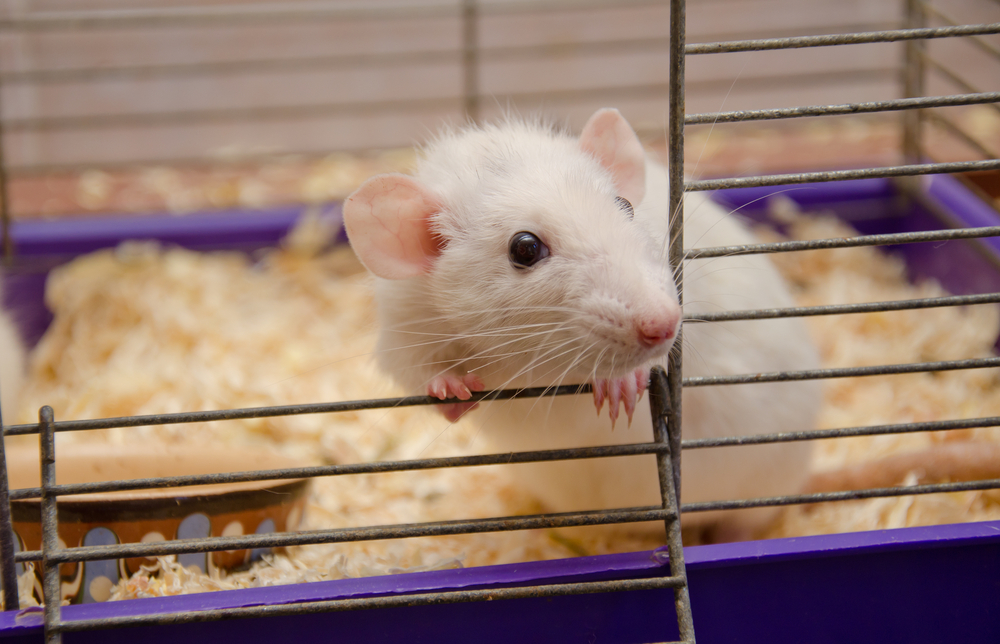Compound Found in Blackberries Prolongs Lifespan, Reduces Disease Severity in ALS Mice

Protocatechuic acid, a metabolite of one of the main substances that give blackberries and black rice their distinctive dark color, can extend the lifespan and reduce the progression and severity of amyotrophic lateral sclerosis (ALS) in a mouse model of the disease, a study found.
The study, “Protocatechuic Acid Extends Survival, Improves Motor Function, Diminishes Gliosis, and Sustains Neuromuscular Junctions in the hSOD1G93A Mouse Model of Amyotrophic Lateral Sclerosis,” was published in the journal Nutrients.
ALS is a progressive neurodegenerative disorder caused by the gradual destruction of motor neurons — nerve cells responsible for controlling voluntary muscle movements — in the spinal cord and brain, leading to muscle weakness.
The disease also is associated with oxidative stress, mitochondrial dysfunction, and brain inflammation. (Oxidative stress refers to the cell damage caused by the buildup of oxidant molecules inside cells; mitochondria are small cellular organelles responsible for producing energy within cells.)
Previous studies have suggested that anthocyanins — natural compounds found in fruits and vegetables that give them their distinct color — may be beneficial for ALS patients due to their anti-oxidant, anti-inflammatory, and neuroprotective properties.
Protocatechuic acid (PCA) is a metabolite of kuromanin, the main type of anthocyanin found in blackberries and bilberries.
“We have previously shown that kuromanin protects neurons from oxidative stress … and the consequent apoptosis [cell death],” researchers wrote. “In a similar manner, PCA protects neurons against nitrosative and oxidative stress …, demonstrating both antioxidant and anti-inflammatory activities,” researchers wrote.
To explore the therapeutic potential of PCA in ALS, researchers at the University of Denver, Colorado, and their colleagues treated a mouse model of the disease with daily doses of PCA administered by oral gavage, a technique in which liquid compounds are directly inserted into the animals’ stomach using a stainless steel probe.
Treatment was started when animals reached 90 days old, which is the age at which they start showing the first signs of ALS, including muscle shrinkage, hindlimb muscle weakness, and weight loss. Untreated animals were used as controls.
Compared to untreated mice, animals receiving PCA at a daily dose of 50 or 100 mg/kg, lived longer (median of 121 days versus 133 days). Despite extending the time animals lived, treatment failed to prevent weight loss.
When investigators assessed the effects of treatment on animals’ motor function using different tests, they found that unlike untreated animals, mice treated with the highest dose of PCA were able to maintain muscle strength and endurance.
When investigators examined animals’ hindlimb muscles and spinal cord, they found that PCA treatment also helped preserve hindlimb muscle mass, prevent motor neuron death, and reduce microglia over-activation in the spinal cord.
Microglia are nerve cells normally responsible for protecting and supporting neurons. However, when they become overactive, they may stimulate brain inflammation.
They also found that treatment helped preserve the integrity of neuromuscular junctions — the place where motor neurons and muscle fibers communicate — in the animals’ hindlimb muscles.
“PCA lengthens survival, lessens the severity of pathological symptoms, and slows disease progression in this mouse model of ALS. Given its significant preclinical therapeutic effects, PCA should be further investigated as a treatment option for patients with ALS,” the researchers concluded.






